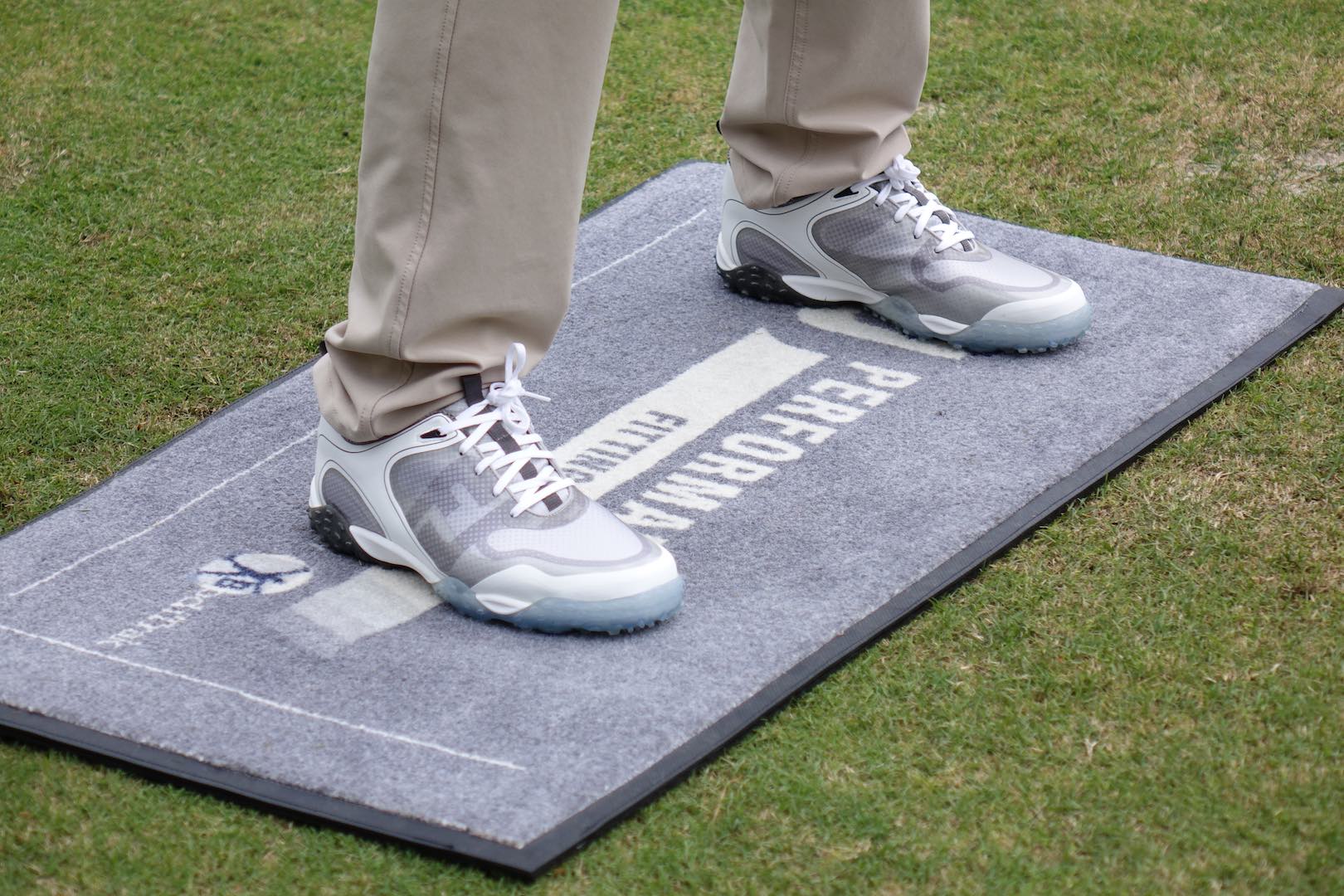News
Latest > Driving distances up 1%
Jun 7th, 2016
Driving distances up 1%
New R&A and USPGA research reveals
Words: James Greenwood Photography: Getty Images
 The R&A and the USGA have released a piece of research that reports on important facts on driving distance in professional golf. Supporting data comes from seven tours, including PGA TOUR data beginning right back in 1968.
The R&A and the USGA have released a piece of research that reports on important facts on driving distance in professional golf. Supporting data comes from seven tours, including PGA TOUR data beginning right back in 1968.
There are some interesting findings in amongst it. Between 2003 and the end of the 2015 season, average driving distance on four of the seven tours increased about 1%, or 0.2 yards per year, which given the changes in technology over that period is not really that much.For the same period, average driving distance on the other three of the seven tours studied decreased about 1%.
Looking at all of the players who are ranked for distance on the PGA TOUR and PGA European Tour, the amount by which players are “long” or “short” is virtually the same. For example, the 10 shortest players in that group are about 6% shorter than average, while the 10 longest players in the group are about 7% longer than average.
The average launch conditions on the PGA TOUR – clubhead speed, launch angle, ball speed and ball backspin – have been relatively stable since 2007.
In 2002, The R&A and USGA co-authored the Joint Statement of Principles, which confirmed their commitment to the fundamental notion that skill, not technology, should be the primary determinant of success in the game.
The Joint Statement acknowledged the benefits of equipment technology for golf, but concluded that any further significant increases in hitting distances at the highest level were undesirable.
Since then, The R&A and the USGA have continued to monitor equipment technology’s effect on the game, and considered the effects of other factors, such as course setup, athleticism and coaching.
“I believe it is important in terms of good governance and healthy for the sport to achieve greater transparency on key issues such as driving distance,” said Martin Slumbers, Chief Executive of The R&A.
“We have decided to publish this report on distance data and will do so each year in the future. This is clearly a frequently debated topic in golf, which elicits strong views. By publishing the data we can help to inform the debate and ensure reliable information is available.”
“Hitting distance is, and has long been, a constant subject of healthy and spirited debate in golf,” said Mike Davis, Executive Director/CEO of the USGA. “We want everyone in the game to have access to the facts, to better understand the decision-making process and the research we use to ensure that our game is both enjoyable and sustainable for future generations.”
Related:

